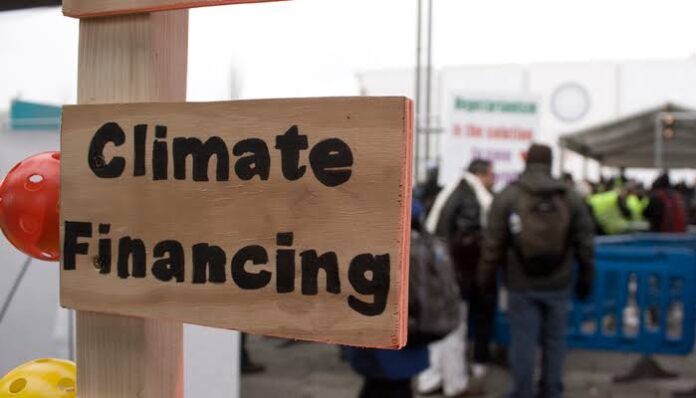A 2019 Joint Report on Multilateral Development Banks’ Climate Finance has disclosed that climate financing by seven of the world’s largest multilateral development banks (MDBs) now totalled $61.6 billion as at 2019, of which $41.5 billion (67 per cent) was in low- and middle-income economies.
The study expanded the scope of reporting for the first time to all countries with multilateral development bank operations, providing data on MDB climate finance commitments beyond those directed solely at developing and emerging economies, but with the focus remaining on low- and middle-income countries.
This year the report combined data from the African Development Bank, the Asian Development Bank (ADB), the European Bank for Reconstruction and Development (EBRD), the European Investment Bank (EIB), the Inter-American Development Bank Group (IDB Group), the World Bank Group (WBG) and – for the first time – the Islamic Development Bank (IsDB), which joined the working group in October 2017.
In 2019, the Asian Infrastructure Investment Bank (AIIB) also joined MDB working groups, and its data was presented separately within the current report.
The 2019 report showed that $46.6 billion, or 76 per cent of total financing for the year, was devoted to climate change mitigation investments that aim to reduce harmful greenhouse gas emissions and slow down global warming. Of this, 59 per cent went to low- and middle-income economies.
The remaining $15 billion, or 24 per cent, was invested in adaptation efforts to help countries build resilience to the mounting impacts of climate change, including worsening droughts, extreme flooding and rising sea levels. Ninety-three percent of this finance was directed at low- and middle-income economies.
Additional climate funds channelled through MDBs, such as the Climate Investment Funds (CIF), the Global Environment Facility (GEF), Trust Fund, the Global Energy Efficiency and Renewable Energy Fund (GEEREF), the European Union’s funds for Climate Action, and the Green Climate Fund (GCF), which play an important role in boosting MDB climate financing.
In 2019, MDBs reported a further $102.7 billion in net climate co-finance – investments from the public and private sector – taking the total of climate activity financed in the year to $164.3 billion.
MDBs have reported on climate finance since 2011, based on a jointly developed methodology for climate finance tracking.
The 2019 edition of the Joint Report on MDBs’ Climate Finance was published in the midst of the novel Coronavirus (COVID-19) pandemic, which has caused significant social and economic disruption, temporarily reducing global carbon emissions to 2006 levels.
Speaking on this development, the Director of Climate Change and Green Growth at the African Development Bank, Anthony Nyong, noted: “Our investments that contribute to the goals of the Paris Agreement continue to grow. The climate finance provided by the bank increased from $3.2 in 2018 to $3.5 billion in 2019 – representing 35 per cent of total project approvals worth $10.2 billion.”
The largest climate finance investments were made in the energy, agriculture and transport sectors.
Importantly, the bank exceeded its target of achieving parity between adaptation and mitigation finance by allocating 55 per cent of its climate finance resources to adaptation and 45 per cent to mitigation, whereas globally more than 70 per cent of climate finance is allocated to mitigation. More global efforts are needed to build climate change resilience and adaptation in Africa.
“As African economies face the devastating impacts of the COVID-19 pandemic, slacking action or redirecting financial resources from climate change will further compound these impacts in a diverse and complex manner,” Nyong said.
Idowu Sowunmi





